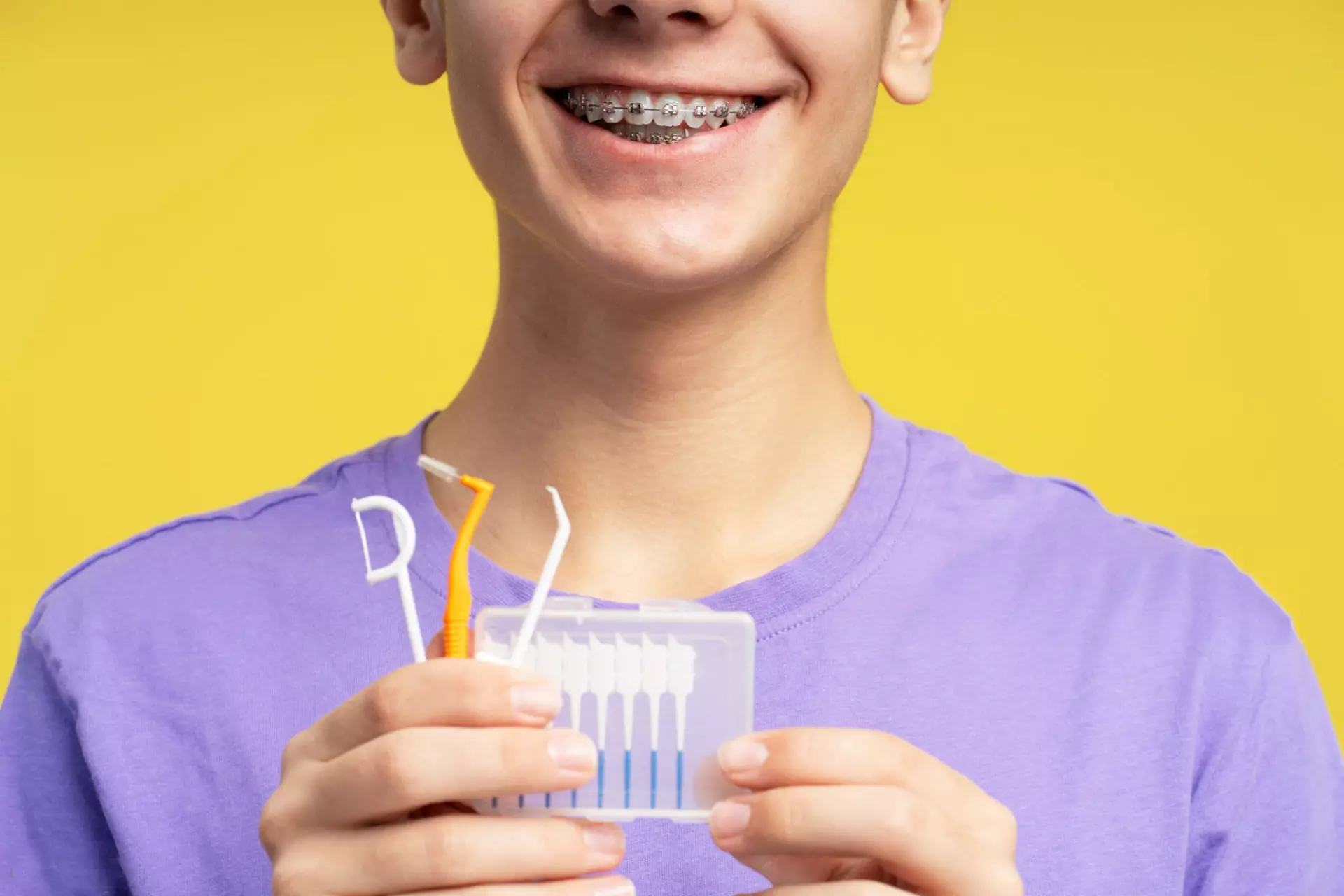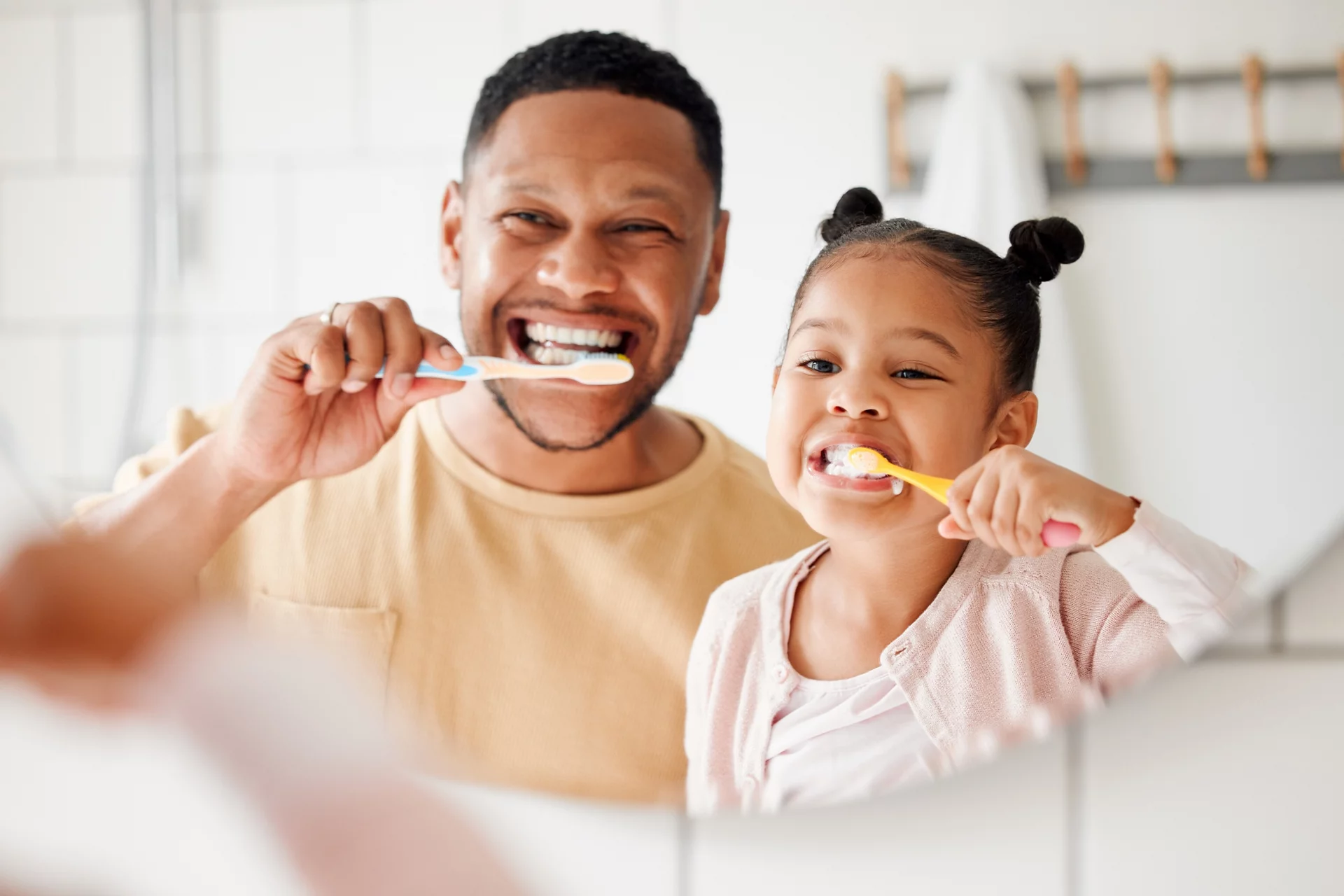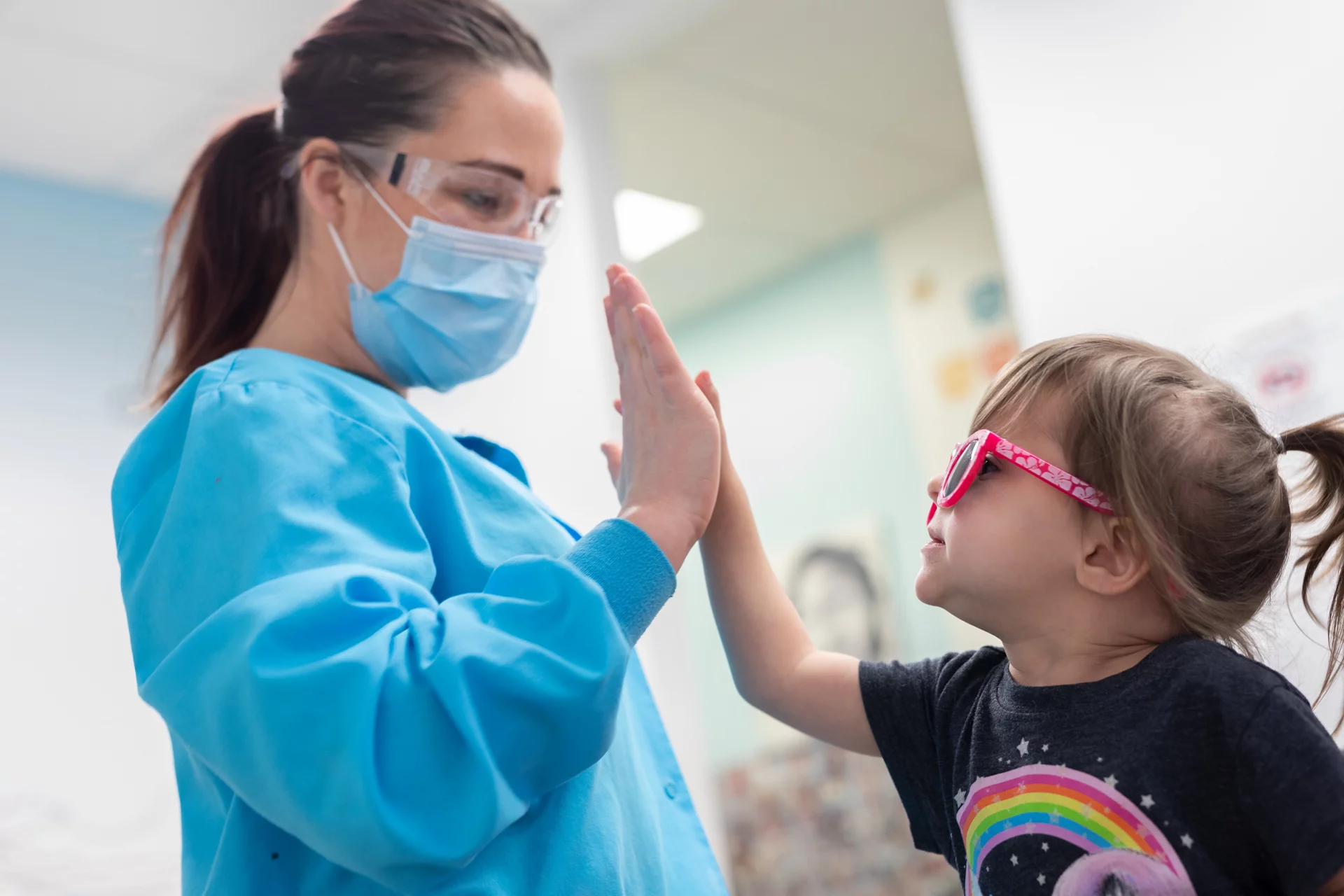Our thorough cleaning sweeps away plaque, tartar, and pesky stains, which helps prevent cavities. Say cheese, your little one is plaque-free!
Dental Cleaning in Corona, CA

4 Benefits of Dental Cleaning
Among children aged 6 to 8 years, 52% have had a cavity in their baby teeth.

What's the Deal With Teeth Cleaning?
Dental Cleanings FAQs
If you have any questions about dental cleaning for your little one, we're here to help.
There are three main steps for a teeth cleaning: teeth examination, plaque and tartar removal, and teeth polishing.
Most people should have teeth cleaning appointments every six months, but your dentist may recommend more frequent appointments depending on your oral health.
No, teeth cleaning should not be painful. Our dental professionals use safe and pain-free techniques to ensure that your teeth cleaning appointment is a comfortable experience.
Yes, teeth cleaning can help prevent cavities by removing plaque and tartar from your teeth.
Let's Get You Scheduled
Schedule an appointment with us today to discover the difference of advanced, proven technologies, a full suite of services, and exceptional quality dental care for you and your child.












